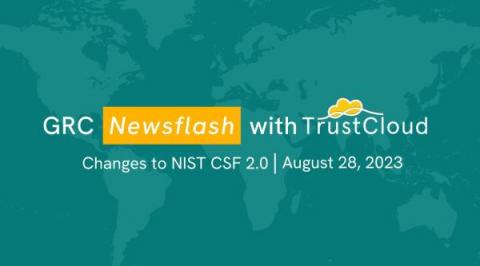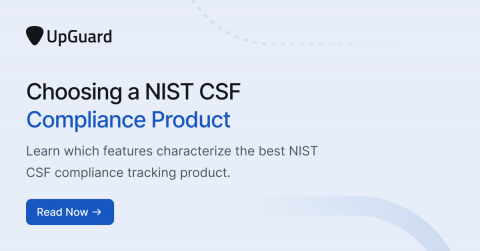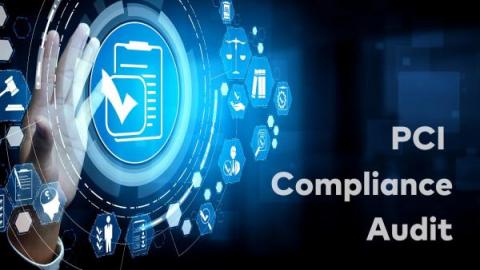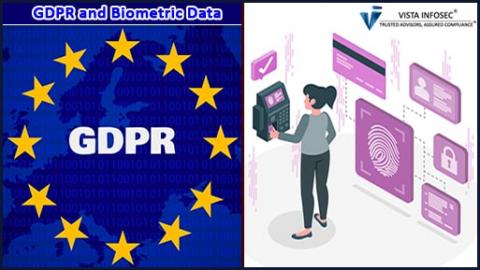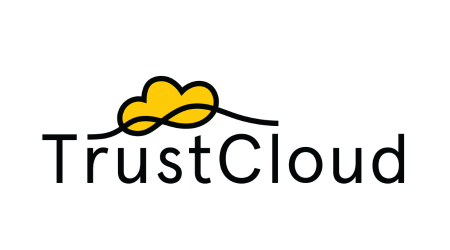What is The Network and Information Security 2 Directive (NIS2)?
The Network and Information Security 2 (NIS2) Directive is the European Union's (EU) second attempt at an all-encompassing cybersecurity directive. The EU introduced the legislation to update the much-misinterpreted Network and Information Security (NIS) Directive (2016) and improve the cybersecurity of all member states. It signed NIS2 into law in January 2023, expecting all relevant organizations to comply by October 18th, 2024.



